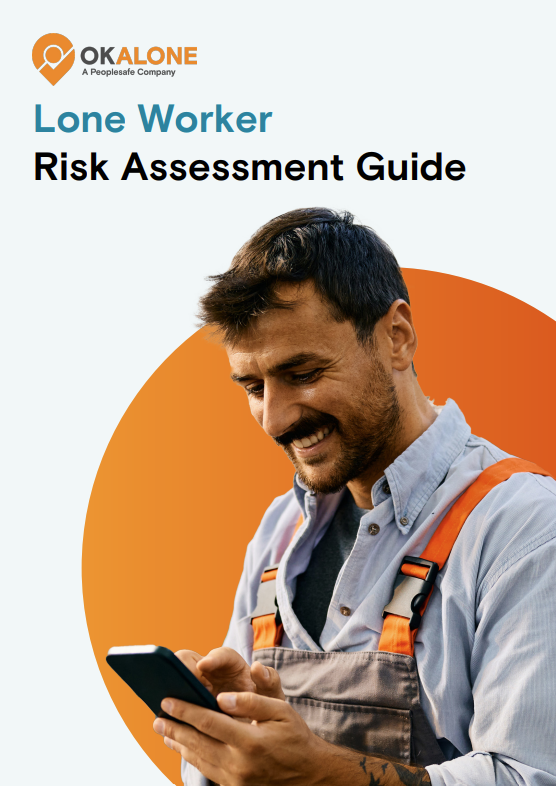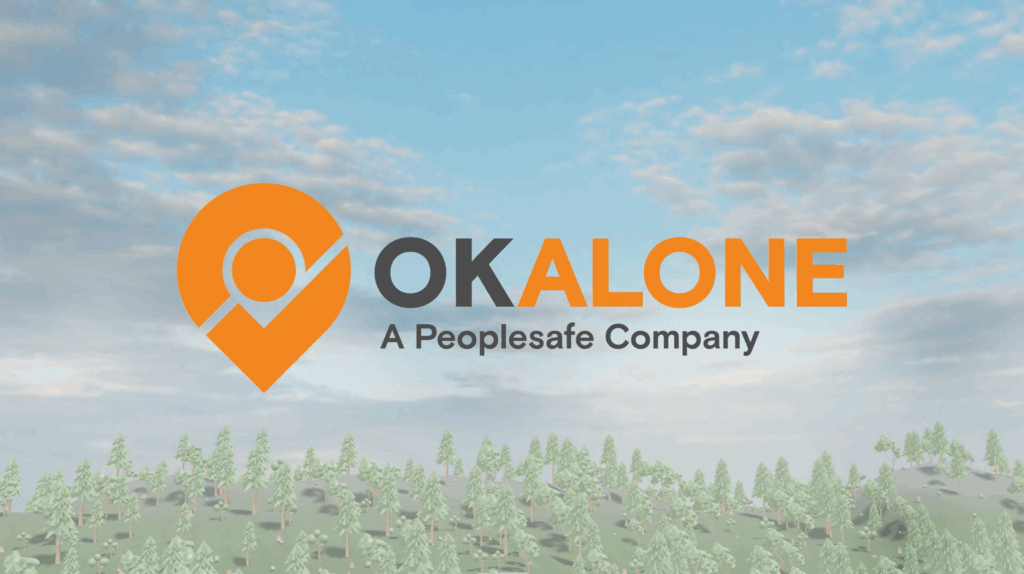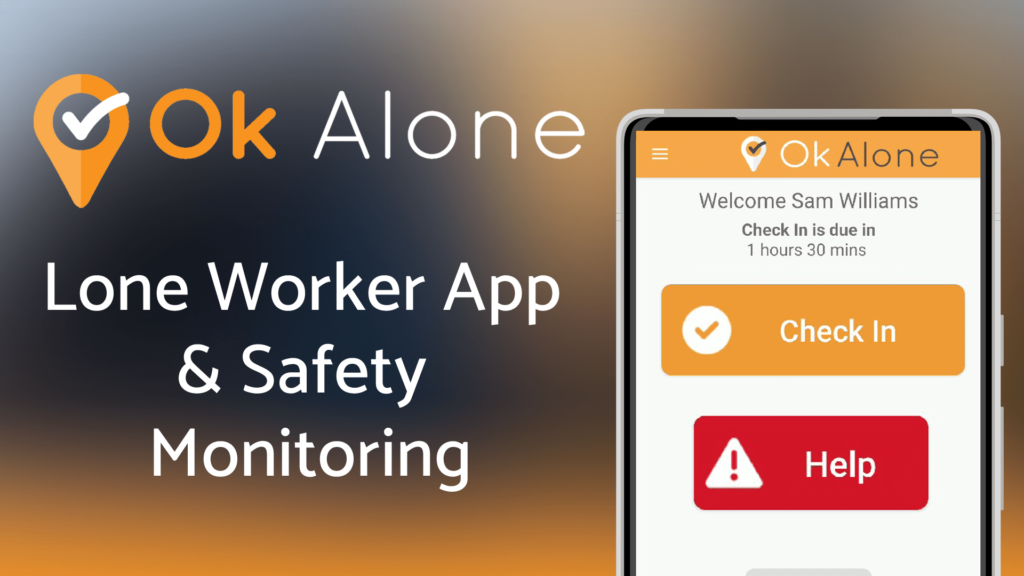Lone Worker Risk Assessment Guide

Completing a lone working risk assessment is an essential step in evaluating your lone worker safety policy. Risk assessments, also known as hazard assessments, methodically examine specific roles or locations to identify potential hazards. This guide is designed to help you with that process.
The guide demonstrates how to employ a scoring model to evaluate different types of risks. By the end, you’ll be equipped to recognize and prioritize a diverse range of factors that impact your staff’s safety while working alone.
Get Your Free Risk Assessment Guide
A Lone Worker can be defined as a worker that is in isolation from other workers without close or direct supervision. Working alone is not a hazard on its own, but it does present a unique set of challenges. The purpose of this lone working risk assessment is to help you overcome these challenges.

Conducting a lone working risk assessment is crucial in shaping an effective lone worker safety policy. It helps companies in identifying and evaluating potential hazards associated with specific roles or locations. This process allows organizations to understand the unique risks their lone workers might face and prioritize these based on severity.
By doing so, companies can implement tailored preventative measures and safety protocols, enhancing the protection of their lone workers. Thorough risk assessment is instrumental in ensuring the safety and well-being of employees working alone.
Book a Demo Today
Alternatively, get a free trial of the app
Want to try OK Alone? Click the button below and enter your details. It's free and no credit card is required.





